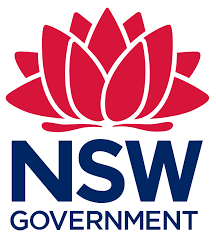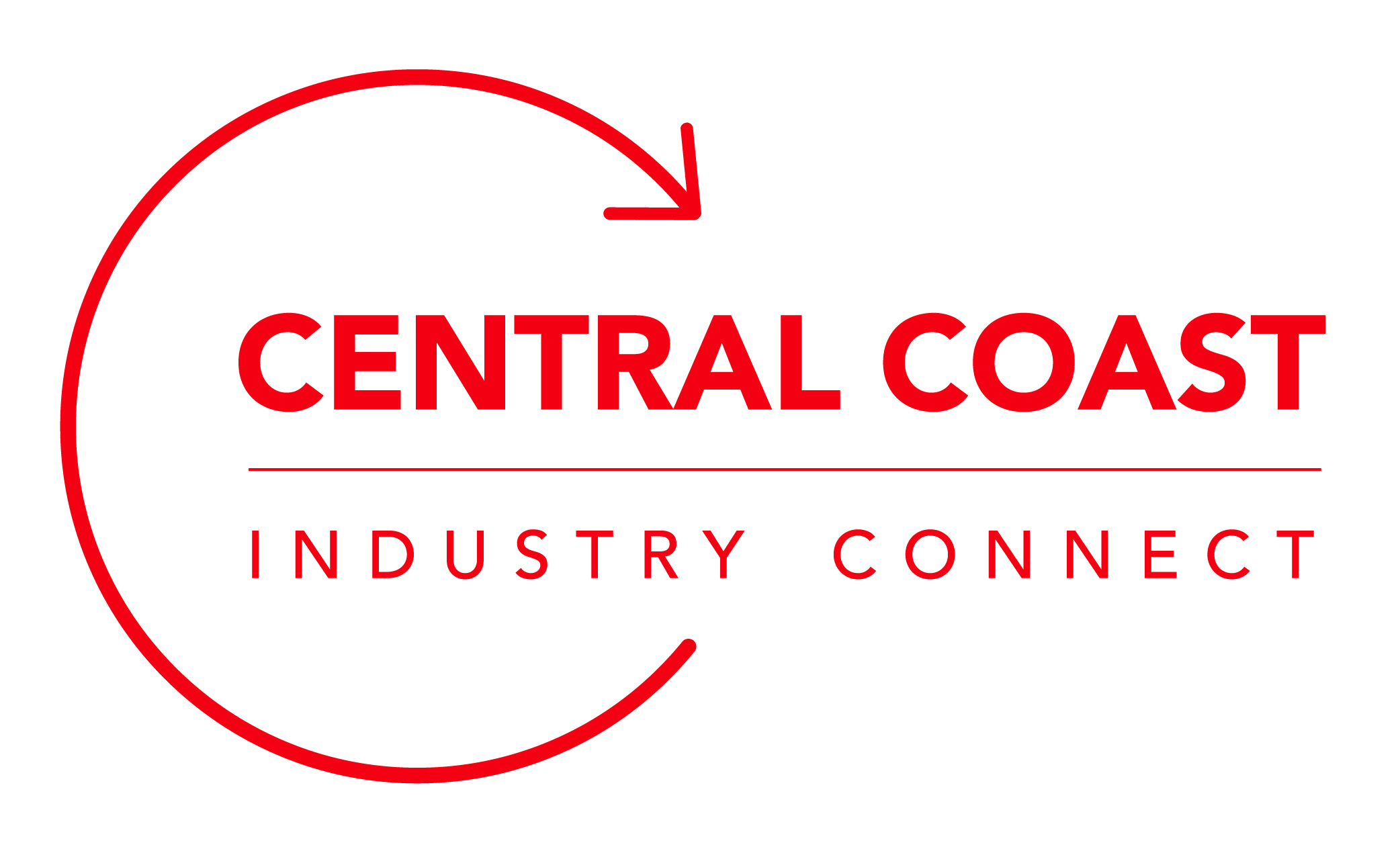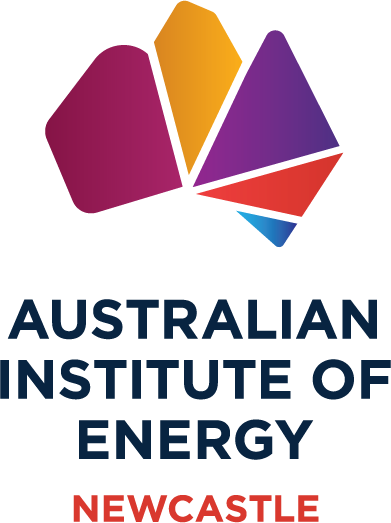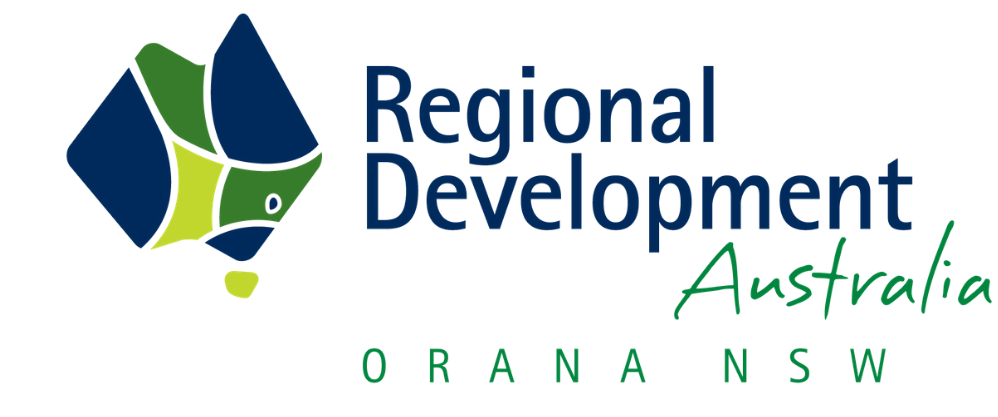Orica cuts one million tonnes of emissions at Kooragang Island
Orica has reduced greenhouse gas emissions at its Kooragang Island plant by 48% through a $37 million upgrade that improves nitrous oxide abatement technology.
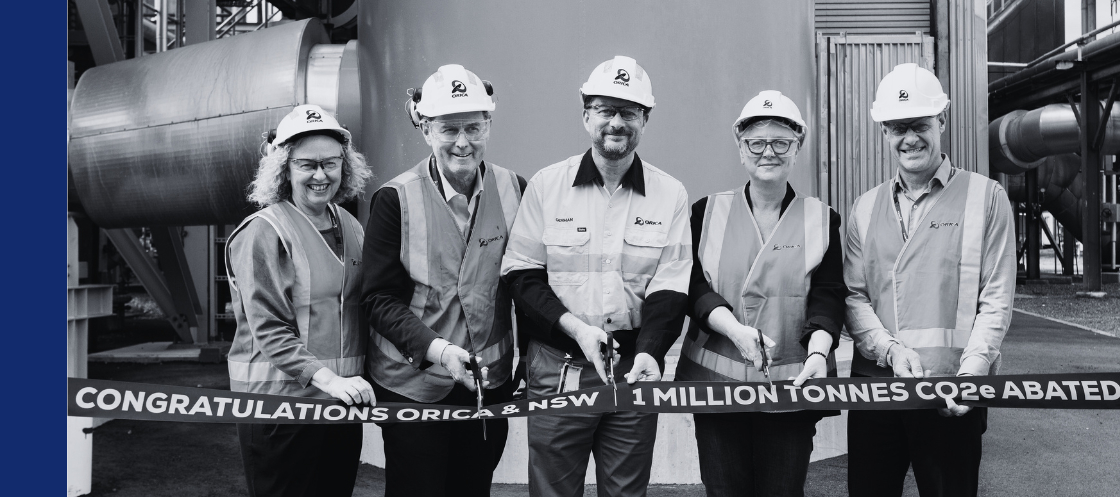
Orica has reduced emissions at its Kooragang Island facility by one million tonnes of carbon dioxide equivalent (CO2-e), the same as removing 600,000 cars from the road.
The emissions reduction was achieved by installing tertiary abatement technology on three nitric acid plants, the first time this technology has been deployed in Australia.
The project received $13.06 million from the NSW Government’s Net Zero Industry and Innovation Program, with Orica contributing $25 million through financing from the Federal Government’s Clean Energy Finance Corporation. The Clean Energy Regulator has approved the project to generate Australian Carbon Credit Units.
Following this installation, Orica has implemented the same technology at its Yarwun manufacturing plant in Queensland. The company has already reduced emissions by 43 per cent from 2019 levels across its operations.
Orica Group Executive and President Australia Pacific and Sustainability, Germán Morales, said:
“This is another proud and critical milestone in Orica’s decarbonisation journey and ambition to achieve net zero emissions by latest 2050. Sustainability is at the core of our purpose and this milestone highlights our ongoing commitment to supporting our customers in achieving their sustainability goals and our long-term support of the Hunter region while also supporting government decarbonisation ambitions. It also shows the power of partnership when private business and government work together.”
To mark the achievement, NSW Minister for Climate Change, Energy, the Environment and Heritage, Penny Sharpe, Clean Energy Finance Corporation CEO Ian Learmonth, and Germán Morales attended a ceremony at Kooragang Island.
Over the past year, Orica Kooragang Island has introduced other measures to make its operations more sustainable. These include celebrating ten years of using recycled water and installing a prill tower scrubber, which has cut ammonium nitrate particle emissions by 95 per cent.
Orica is also continuing to explore the development of a commercial-scale renewable hydrogen supply chain in Newcastle’s industrial and port zone. This would support efforts to lower emissions and provide customers with products that have a reduced carbon footprint, contributing to economic activity in the Hunter region.




